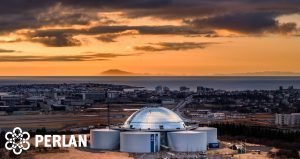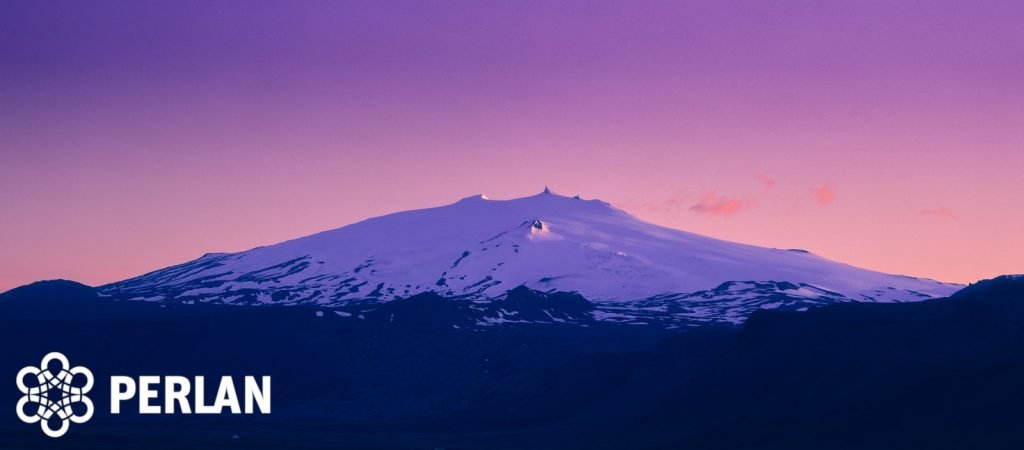Snæfellsjökull glacier is one of about 30 active volcanic areas in Iceland. Unlike most of our volcanoes, it resembles a typical volcano you might see in cartoons; a gently sloping cone with a shallow crater on top. With a life expectancy of a million years, Snæfellsjökull will almost certainly erupt again.
Can we predict eruptions?
Volcanoes like Snæfellsjökull sleep tight between eruptions. Scientists predict that it might give us a one or two years’ notice before erupting again;
- Frequent earthquakes around the area usually prelude to volcanic eruptions.
- When lava starts forcing its way to the surface, the area above expands measurably.
The next time won’t be the first
Although we cannot know when Snæfellsjökull first became active, we know of at least 23 eruptions in the past 10,000 years. Snæfellsjökull is a stratovolcano. Stratovolcanoes can be active for hundreds of thousands of years. They are conical and often majestic looking, formed by many lava eruptions. The lava comes from the same source and thus builds up a cone around the vent. Snæfellsjökull is part of a larger volcanic area, some parts of which have been active for 700,000 years. Other well-known stratovolcanoes in Iceland are Hekla and Eyjafjallajökull.
Seen from Reykjavík
On Perlan’s spectacular 360° Viewing Deck, you look over the capital area and all around it. On a clear day, you even see Snæfellsjökull glacier across the ocean. Inside, there is a unique exhibition where anyone can experience and learn to understand the Forces of Nature.

Do you remember…
Jule Verne‘s classic novel, Journey to the Center of the Earth? It tells the story of professor Otto Lidenbrock, his nephew Alex and their guide Hans who embark on amazing adventures inside Snæfellsjökull. Maybe no wonder, in such a unique place.

